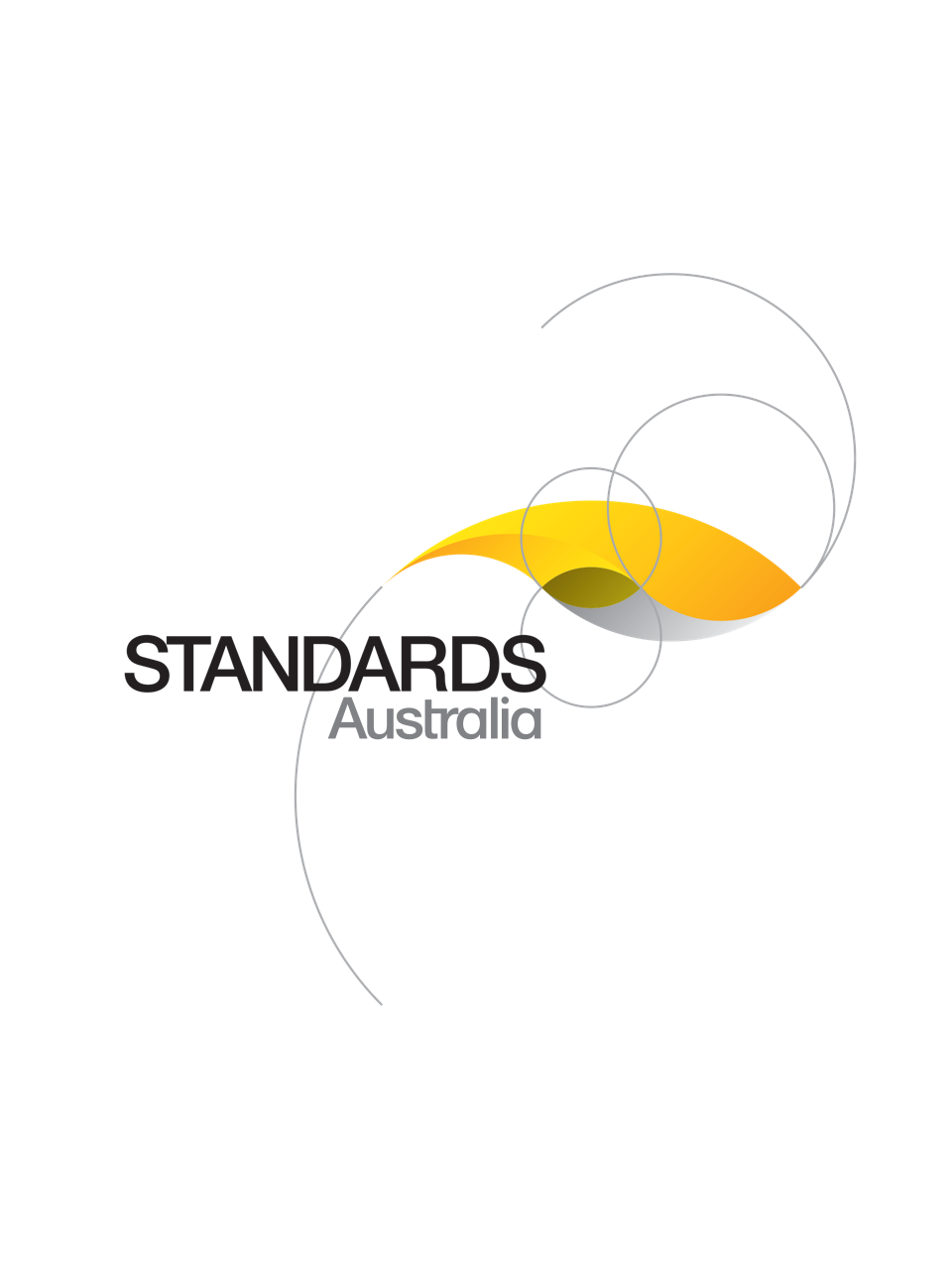Standard
UPDATE AVAILABLE
AS 2304-2011
[Superseded]Water storage tanks for fire protection systems
Details the requirements for the design, installation, materials and commissioning of tanks for the storage of water for fire fighting and fire control purposes.
Published: 21/07/2011
Pages: 79
Table of contents
Cited references
Content history
Table of contents
Header
About this publication
Preface
Foreword
1 Scope and general
1.1 Scope
1.2 Objective
1.3 Normative references
1.4 Application
1.5 Definitions
1.6 Notation
1.7 Tank types and descriptions
2 Water sources
2.1 General
2.2 Water sources
3 Materials
3.1 General
3.2 Structural elements
3.2.1 Bolts
3.2.2 Plates and sheets
3.2.3 Structural shapes
3.2.4 Castings
3.3 Pipe and fittings
3.3.1 Pipe
3.3.2 Wall joints
3.4 Corrosion protection
3.5 Gaskets and sealants
3.5.1 Material
3.5.2 Gaskets—Longevity
3.6 Tank liners
3.6.1 Material
3.6.2 Fixing
3.6.3 On-site fabrication
3.6.4 Liner design life
4 Design actions (loads)
4.1 General
4.2 Permanent action
4.3 Liquid pressure action
4.3.1 General
4.3.2 Liquid pressure action—Cylindrical water storage tanks
4.3.3 Liquid pressure action—Rectangular water storage tanks
4.3.3.1 Tank stay support and roof supports
4.3.3.2 Tank stay support and roof support bolts
4.3.3.3 Tank panel flanges
4.3.3.4 Tank support beams
4.4 Imposed actions
4.4.1 General
4.4.2 Roofs
4.4.3 Fixed platforms, walkways, stairways and ladders
4.5 Wind action
4.5.1 General
4.5.2 Stability—Cylindrical water storage tanks
4.5.3 Buckling—Cylindrical water storage tanks
4.5.4 Wind actions on roof columns
4.6 Earthquake action
4.6.1 Seismic design consideration
4.6.2 Overturning moment and base shear
4.6.2.1 General
4.6.2.2 Site factor
4.6.3 Hydrodynamic actions
4.7 Snow and ice actions
4.8 Combinations of actions
4.8.1 General
4.8.2 Stability
4.8.3 Strength
5 Tank design
5.1 General
5.2 Minimum steel thickness
5.2.1 Unlined tanks
5.2.2 Tanks with liners
5.3 Bolted steel circular water storage tank design
5.3.1 General
5.3.2 Wind buckling
5.3.2.1 General
5.3.2.2 Uniform isotropic tanks
5.3.2.3 Uniform orthotropic tanks
5.3.2.4 Non-uniform isotropic or orthotropic tanks
5.3.2.5 Limit state buckling pressure
5.3.3 Circumferential stiffeners
5.3.4 Deflection limits
5.3.5 Penetrations
5.3.6 Roof members subject to live actions
5.3.6.1 General
5.3.6.2 Roof columns
5.4 Bolted steel rectangular water storage tank design
5.4.1 Rectangular tank panels subject to liquid pressure actions
5.4.1.1 General
5.4.1.2 Formed or pressed panel flange deflection
5.4.1.3 Cast iron tank panel flange deflection
5.4.1.4 Panel flange strength
5.4.1.5 Panel flange bolts
5.4.1.6 Division walls
5.4.1.7 Penetrations
5.4.2 Stay supports and roof supports
5.4.2.1 Materials
5.4.2.2 Formed or pressed panel tank support members
5.4.2.3 Cast iron panel tank support members
5.4.2.4 Stay support bolts
5.4.2.5 Stay support washer
5.4.2.6 Roof members subject to live actions
5.4.3 Rectangular tank foundations
5.4.3.1 General
5.4.3.2 Support beams
5.4.3.3 Anchoring
6 Cylindrical tank foundations
6.1 General
6.1.1 Acceptable footings—Ringbeam and slab
6.1.2 Geotechnical information
6.1.3 Preparation of tank foundations
6.1.3.1 Site preparation
6.1.3.2 Founding material
6.2 Types of foundations
6.2.1 Type 1—Ringbeam
6.2.2 Type 2—Full slab
6.2.3 Foundations in seismic areas
6.3 Tank hold-down
6.3.1 General
6.3.2 Stability
6.3.3 Bolt chairs
7 Accessories
7.1 General
7.2 Tank access
7.2.1 Inspection and service
7.2.2 Harness attachment points
7.2.3 Shell access
7.2.4 Roof access and inspection hatch
7.2.5 External ladder
7.2.6 Internal ladder
7.3 Hydraulic components
7.3.1 Manual quick-fill
7.3.2 Make-up water
7.3.3 Automatic inflow
7.3.4 Suction line
7.3.5 Vortex inhibitor
7.3.6 Overflow
7.3.7 Pump pressure relief and test lines
7.3.8 Tank drain and sludge valve
7.4 Miscellaneous components
7.4.1 Tank venting
7.4.2 Tank contents indicator
7.4.2.1 General
7.4.2.2 Materials for indicator assembly
7.4.3 Vermin proofing
7.4.4 Tanks signs
7.4.4.1 Purpose
7.4.4.2 Access
7.4.4.3 Warning signs
7.4.4.4 Identification
7.5 Capacities
8 Break tanks
8.1 General
8.2 Construction
8.3 Capacity
8.4 Fill inlets
8.4.1 Positioning
8.4.2 Layout
8.4.3 Fill valves
8.4.4 Testing
8.5 Suction line and vortex inhibitors
8.6 Water level indicator
8.7 Tank baffling
8.8 Tank overflow
9 Shared use, rainwater and heating and cooling tanks
9.1 General
9.2 Shared use
9.3 Rainwater
9.4 Heating and cooling
10 Commissioning
11 Maintenance
11.1 General
11.2 Procedures and precautions
11.2.1 Competent persons
11.2.2 Water conservation
11.2.3 Out of service
11.3 Frequency
11.3.1 General
11.3.2 Life of tank liner
11.4 Inspection, test, routine servicing and records schedules
11.4.1 Monthly and six-monthly service
11.4.2 Yearly service
11.4.3 Ten-yearly service
Appendix A
A1 Draining tanks for maintenance or other purposes
A2 Water supply test tank
A3 Bladder tanks
Appendix B
Appendix C
Appendix D
D1 Introduction
D2 Personal competencies
D3 Competence of organizations
D4 Regulatory requirements
Appendix E
Appendix F
F1 Example 1—A uniform isotropic tank
F2 Example 2—A non-uniform isotropic tank
F3 Example 3—A uniform orthotropic tank
F4 Example 4—A Non-uniform orthotropic tank
F5 Design of circumferential stiffeners
Bibliography
Cited references in this standard
[Current]
Fire hydrant installations, Part 1: System design, installation and commissioning
[Pending Revision]
Automatic fire sprinkler systems, Part 6: Combined sprinkler and hydrant systems in multistorey buildings
[Pending Revision]
Automatic fire sprinkler systems, Part 4: Sprinkler protection for accommodation buildings not exceeding four storeys in height
One-time Purchase
Access via web browser on any device
One-time purchase
Single publication
Offline access via PDF^
$242.18 AUD
Inclusive of GSTFormat *
Web Reader
Licenses *
1 License (for yourself - not shareable)
Total$242.18 AUD
IMPORTANT
